Architectural Journal
Introduction
Architecture is a broad discipline that encompasses the art and science of designing and constructing buildings and other physical structures. It is a profession that requires a deep understanding of mathematics, physics, and art, among other fields. The practice of architecture also involves a wide range of activities, from conceptualizing designs to overseeing construction projects. The field is constantly evolving, with new architectural styles and technologies emerging regularly. This article delves into the intricacies of architectural practice, focusing on its history, principles, styles, and impacts on society.
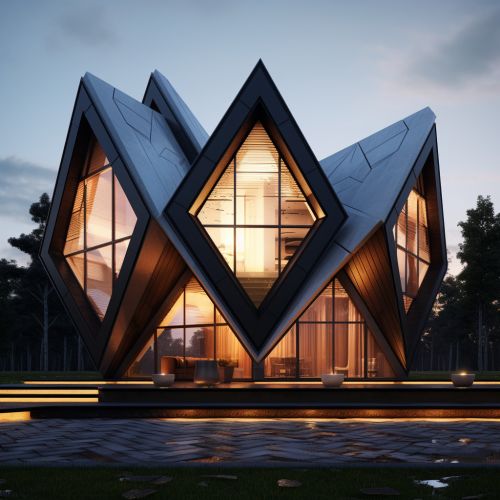

History of Architecture
The history of architecture is a fascinating journey through time, reflecting the evolution of human civilizations. From the ancient pyramids of Egypt to the modern skyscrapers, each architectural era has its unique characteristics and significance.
Ancient Architecture
Ancient architecture refers to architectural styles that were prevalent in the ancient world, particularly in the civilizations of Egypt, Greece, and Rome. These civilizations produced some of the most iconic architectural structures, such as the Great Pyramid of Giza, the Parthenon, and the Colosseum.


Medieval Architecture
Medieval architecture, also known as the architecture of the Middle Ages, was characterized by the heavy use of stone and the development of new construction techniques. This era saw the rise of Gothic architecture, known for its pointed arches, ribbed vaults, and flying buttresses.
Renaissance Architecture
Renaissance architecture marked a return to the classical styles of ancient Greece and Rome. Architects during this period, such as Brunelleschi and Michelangelo, emphasized symmetry, proportion, and geometry in their designs.
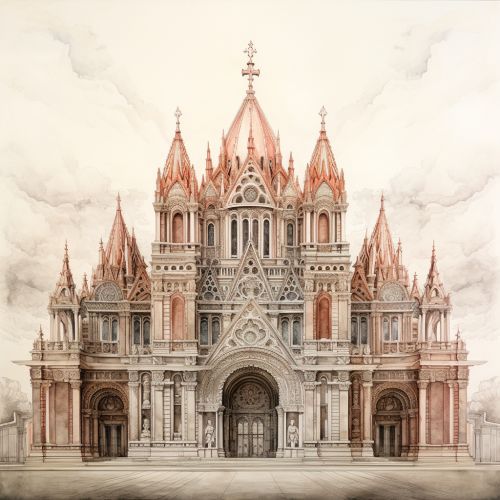

Modern Architecture
Modern architecture emerged in the late 19th and early 20th centuries, characterized by the use of new materials and technologies. This era saw the rise of skyscrapers and the development of architectural styles such as Art Deco, Bauhaus, and International Style.
Principles of Architecture
Architecture is guided by a set of principles that inform the design and construction of buildings. These principles include balance, proportion, harmony, and unity, among others.
Balance
Balance in architecture refers to the equal distribution of visual weight in a design. It can be achieved through symmetry (mirror image balance) or asymmetry (balance achieved through contrast).
Proportion
Proportion in architecture involves the relationship of the size, quantity, or degree of elements in a design. It ensures that the parts of a building relate harmoniously to each other and to the whole.
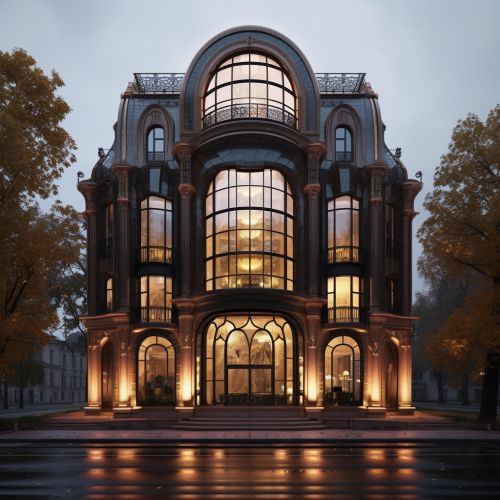

Harmony
Harmony in architecture is achieved when all the elements of a design work together to create a unified whole. It involves the careful selection and arrangement of materials, colors, textures, and shapes.
Unity
Unity in architecture refers to the sense of oneness or wholeness in a design. It is achieved through the consistent use of architectural elements and the integration of the building with its surroundings.
Architectural Styles
Architectural styles are distinctive features or trends in architecture that are associated with a specific period, culture, or architect. They are often characterized by the use of particular materials, construction techniques, and decorative elements.
Classical Architecture
Classical architecture refers to the architectural styles of ancient Greece and Rome, characterized by the use of columns, pediments, and entablatures. It has greatly influenced Western architecture, particularly during the Renaissance and Neoclassical periods.
Gothic Architecture
Gothic architecture is a style that originated in the Middle Ages, known for its pointed arches, ribbed vaults, and flying buttresses. It is most commonly seen in cathedrals and churches of Europe.
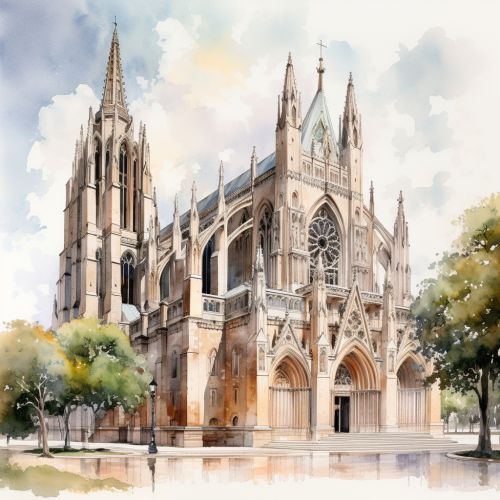
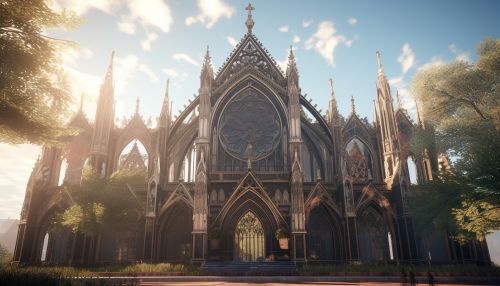
Modern Architecture
Modern architecture is a broad term that encompasses a variety of styles that emerged in the late 19th and early 20th centuries, characterized by the use of new materials and technologies. It includes styles such as Art Deco, Bauhaus, and International Style.
Impact of Architecture on Society
Architecture plays a significant role in society, shaping the physical environment in which we live and work. It influences our behavior, health, and well-being, and reflects our culture and values.
Urban Planning
Architecture is integral to urban planning, the process of designing and managing cities. It involves the arrangement and design of buildings, public spaces, transport systems, and services.
Sustainability
With the growing awareness of environmental issues, architecture has a crucial role in promoting sustainability. Sustainable architecture aims to minimize the negative environmental impact of buildings through energy efficiency and the use of eco-friendly materials.


Cultural Expression
Architecture is a form of cultural expression, reflecting the values, beliefs, and aspirations of a society. It can serve as a symbol of national identity, as seen in iconic structures like the Eiffel Tower and the Sydney Opera House.
Conclusion
Architecture is a multifaceted discipline that combines art, science, and technology. It shapes our physical environment and influences our daily lives in profound ways. As we move into the future, architecture will continue to evolve, responding to societal changes and technological advancements.
